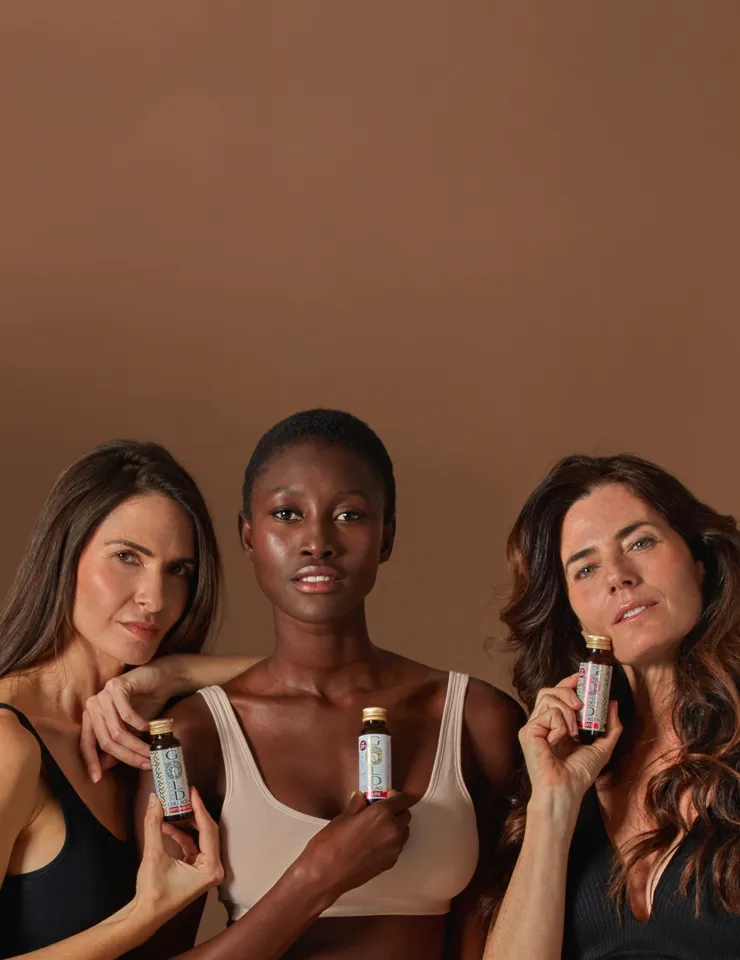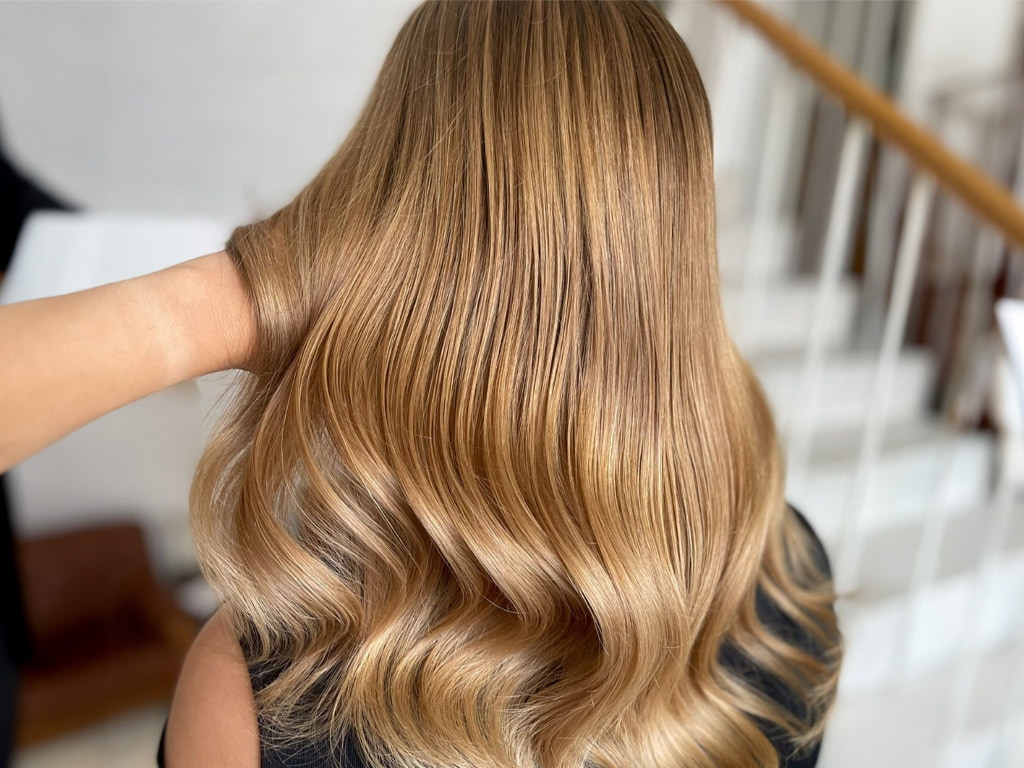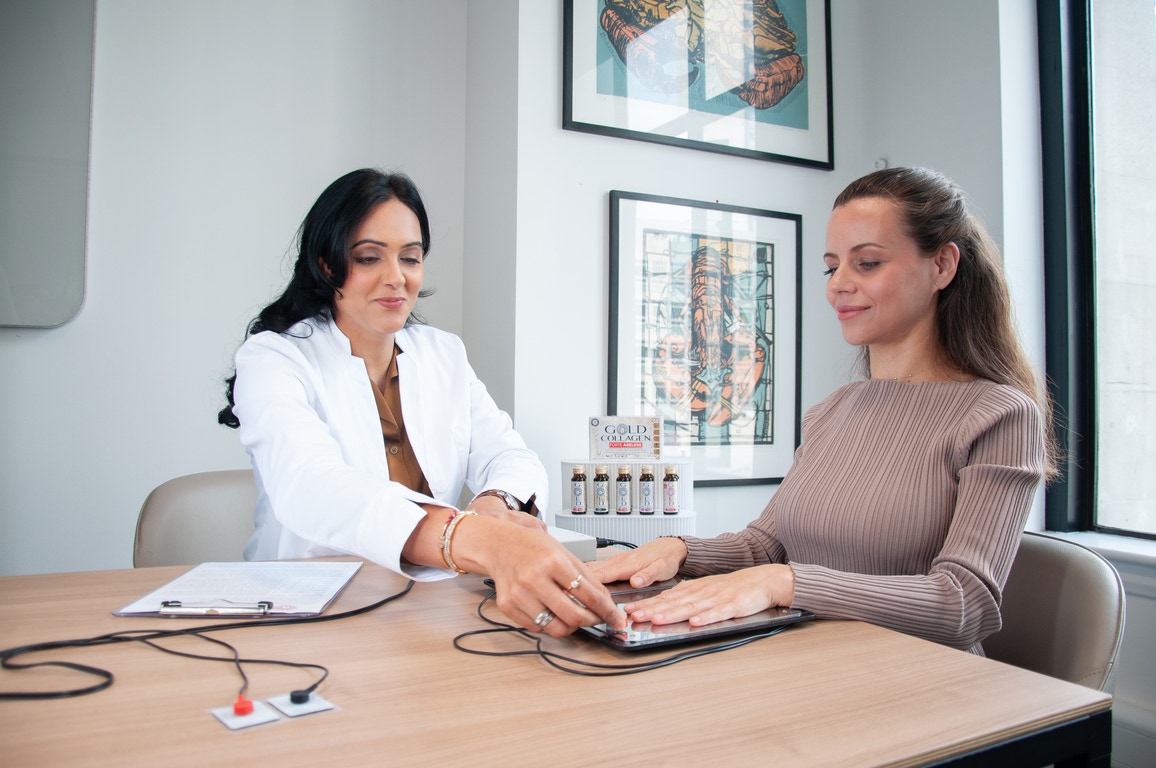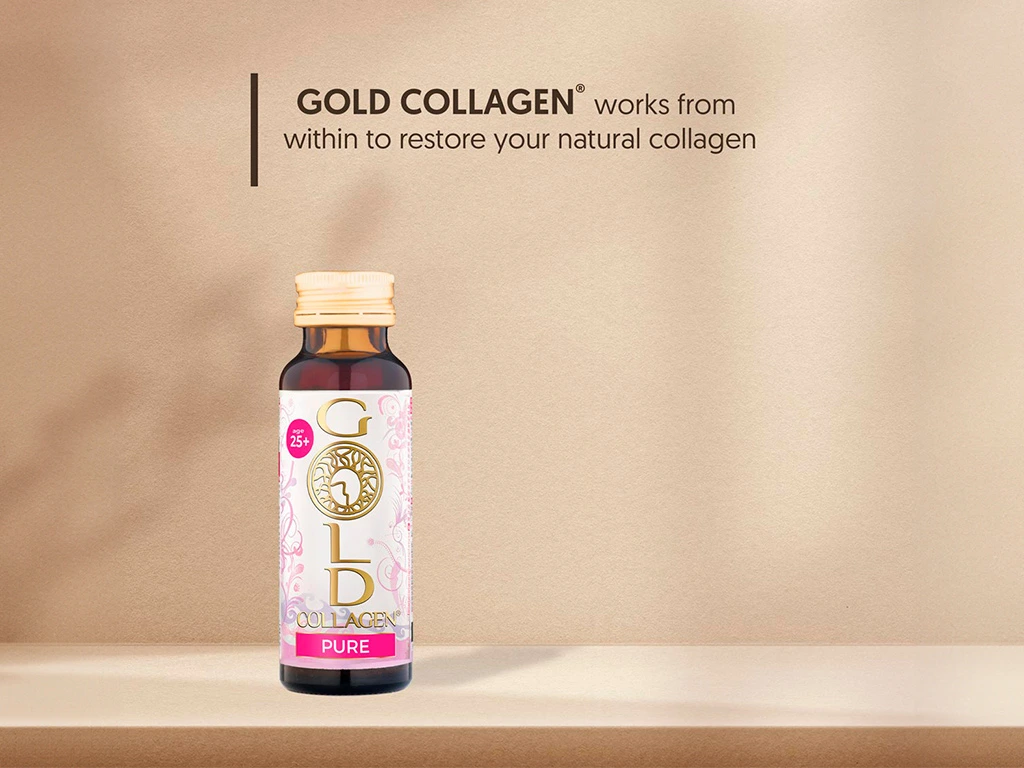Is the “Sunshine” vitamin a real hope or hype?
- vidhi
- Nutrition And Beauty
- July 17, 2017
Hello my dear friends,
I hope you are enjoying the summer months as much as I am, trying to make the most of the rare sunshine we get here in the UK. The Sunshine is actually the cue for today’s blog topic. I would like to share with you my views on a vitamin that always come to mind when it’s summer out there. You probably guessed, it’s Vitamin D, also known as the “sunshine” vitamin.
Vitamin D is an extremely important vitamin for your skin and hair, as well as the health of bones and cartilages. It also has an impact on your mood, sleep, energy levels and immunity.
Vitamin D is a fat-soluble vitamin and is the only vitamin that can be produced within the body through exposure to sunlight, making it more of a hormone than a vitamin. Further, it can also be found in trace amounts in food sources such as oily fish. Sunlight is the best catalyst in the synthesis of vitamin D2 and D3 within the body. Ater sunlight exposure, various chemical processes in the liver allow it for the vitamin D to be absorbed into the blood stream and used in the respective bodily functions.
Over the past 20 years, vitamin D has been heavily researched due to its significance for bone and muscle strength. In that process, several clinical studies have shown that vitamin D deficiencies increase the risk of bone disorders, skin disorders, fractures and dislocations. The presence of the right amount of Vitamin D in the body ensures the ability to absorb calcium and phosphorus, which are two of the most critical elements in the strength of bones, tissues and cartilages. Vitamin D also plays an important role in protecting cellular skin health, reducing fine lines & wrinkles, improving skin softness as well as elasticity and maintaining a smooth, glowing complexion.
But the question that comes to mind is: how much of it do I need and how can I obtain it in a safe way?
As mentioned, vitamin D can be obtained through sun exposure. However, we all know that overexposure can be damaging, too. UVA rays can penetrate into the dermal layer of skin. So, unprotected sun exposure can lead to premature skin ageing and wrinkling (photo aging). Further UVB rays will usually burn the superficial layers of the skin. This is especially true for people with fair skin. Therefore, you may think obtaining Vitamin D3 through oral supplementation might be better. I would say both are equally as good. The requirement and the ease with which we obtain vitamin D, is different for every person. Generally speaking, people with light skin will produce vitamin D quicker than people with darker skin tones. Therefore, people with lighter skin need less sun exposure to get their daily vitamin D supply, while those with darker skin need much more sun to get the same amount. For light skinned people15-30 minutes of clear sun on a daily basis is sufficient, whereas darker skinned people may need two-three hours or more! If you prefer to take vitamin D in supplement form a daily dose of 25 – 100mcg (1000 – 4000 iu) should be enough to ensure good blood levels in most people. Take it in the morning. Vitamin D can temporarily halt the production of melatonin, the sleep hormone, so I advise not to take in the evening if you don’t want to compromise your beauty sleep And if you are still unsure whether you have enough vitamin D, the most accurate way to determine the levels in your body is a blood test.












